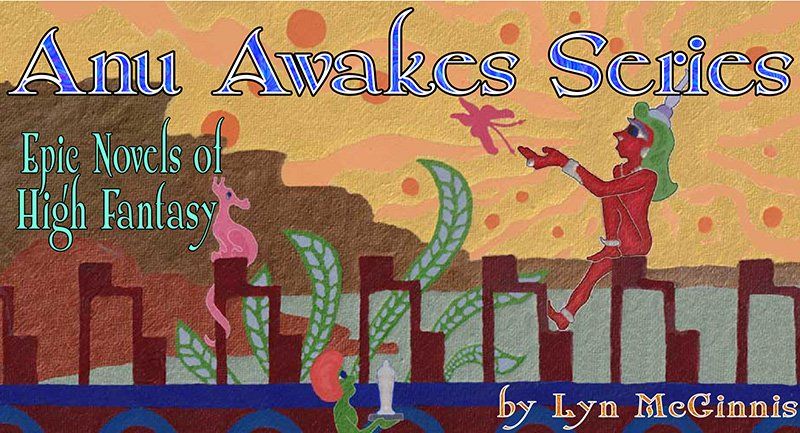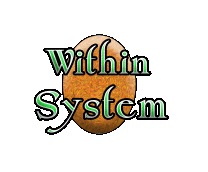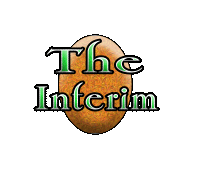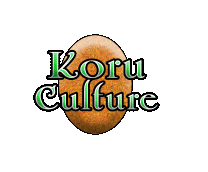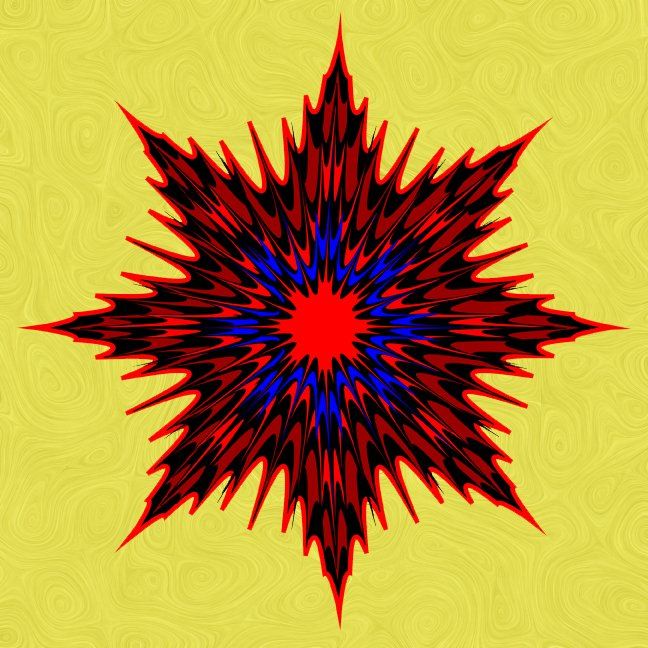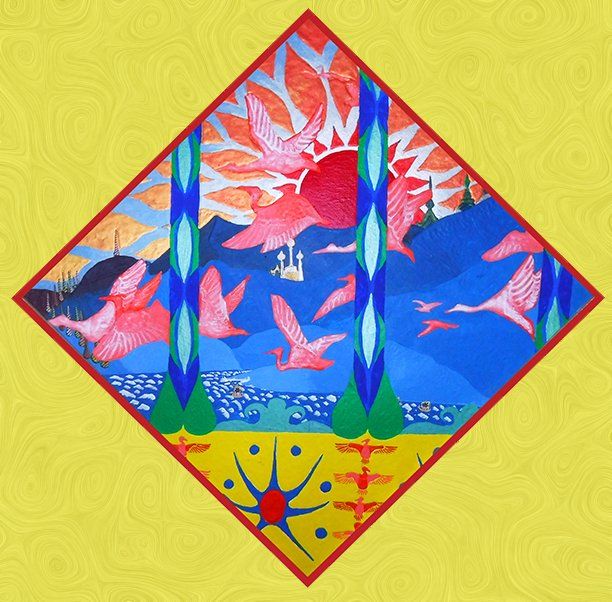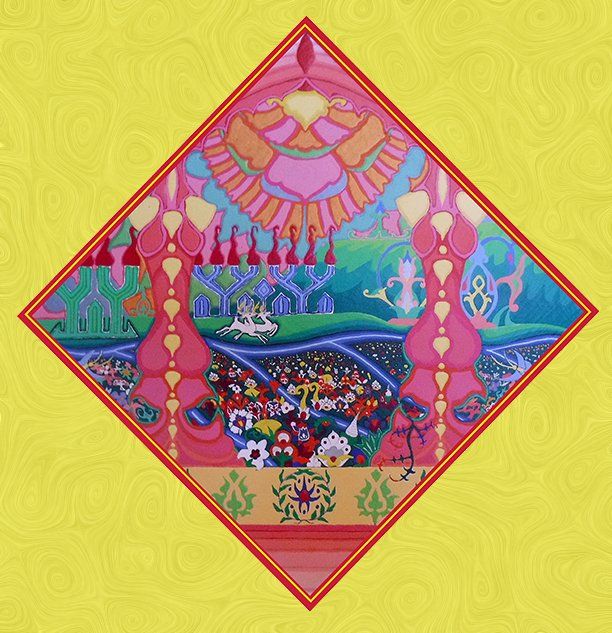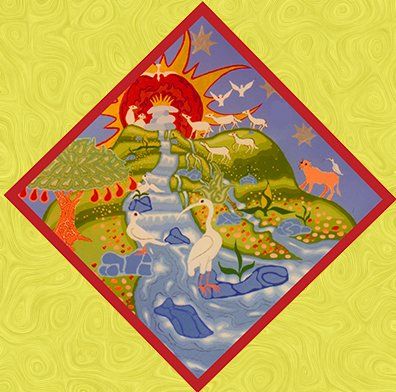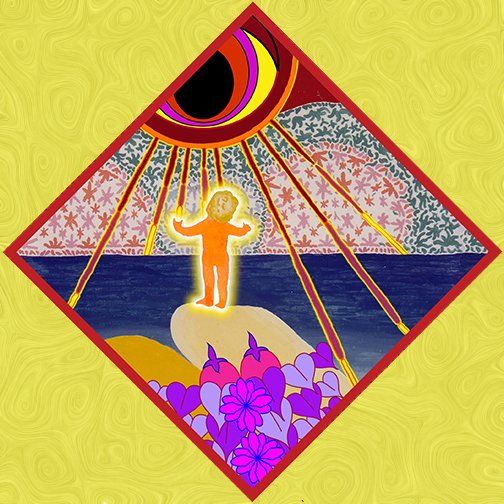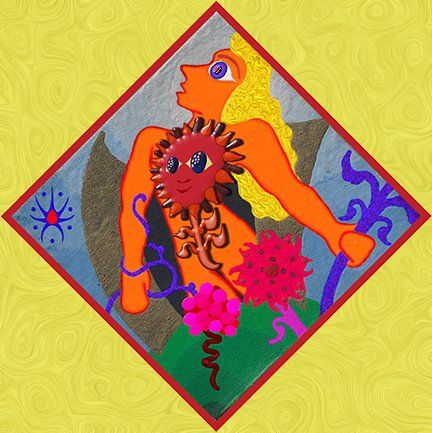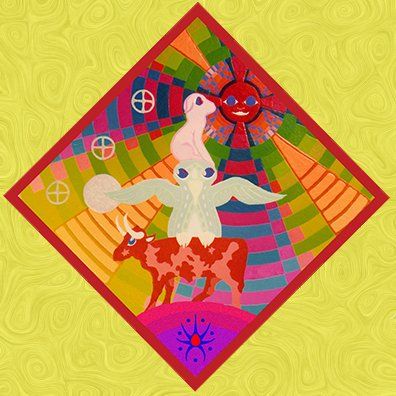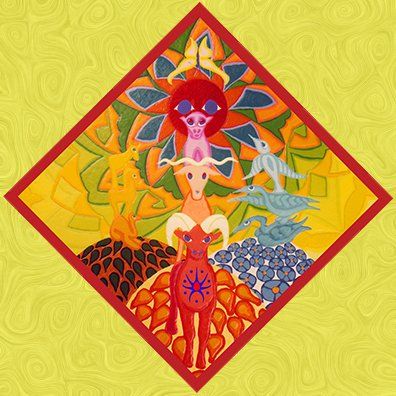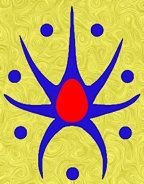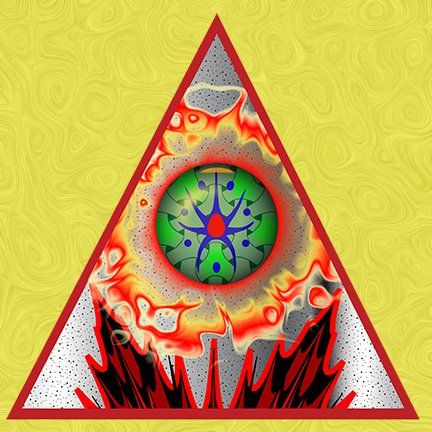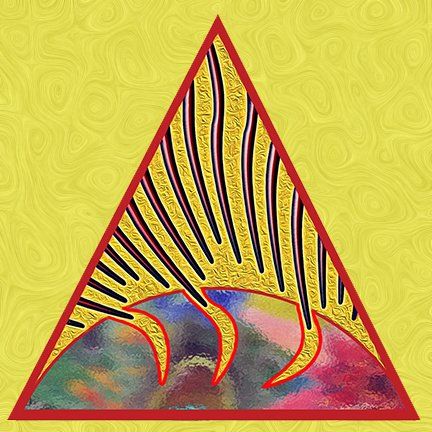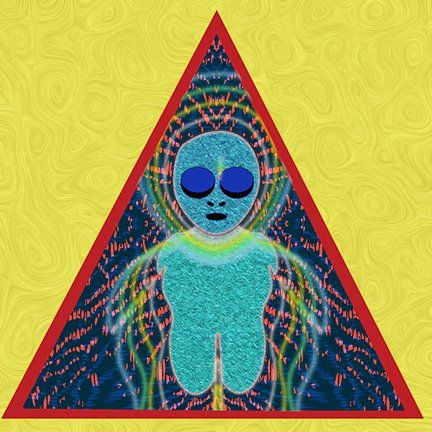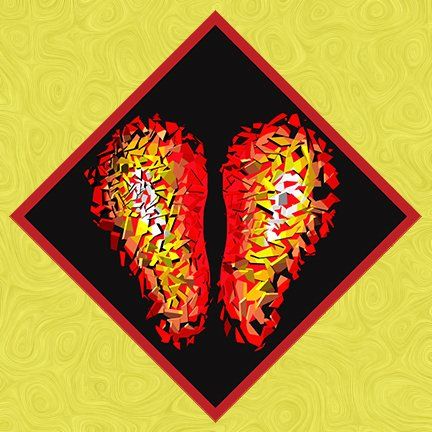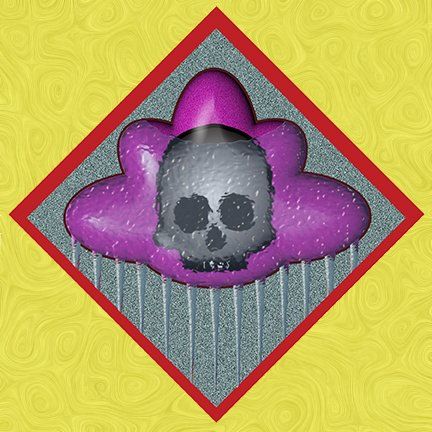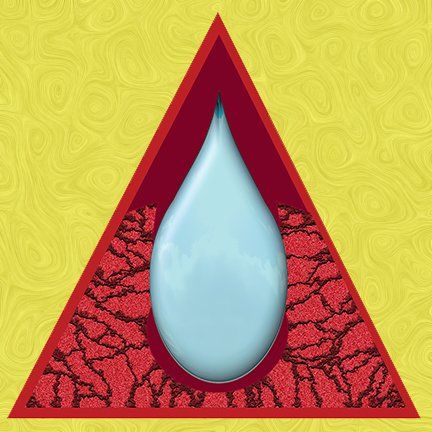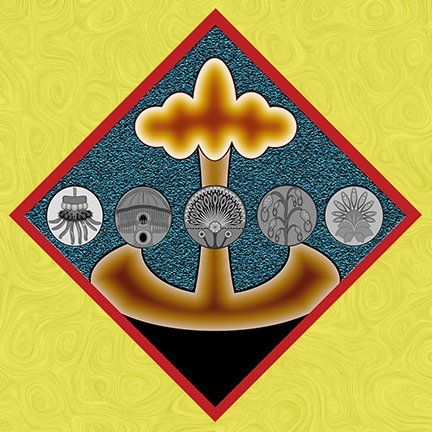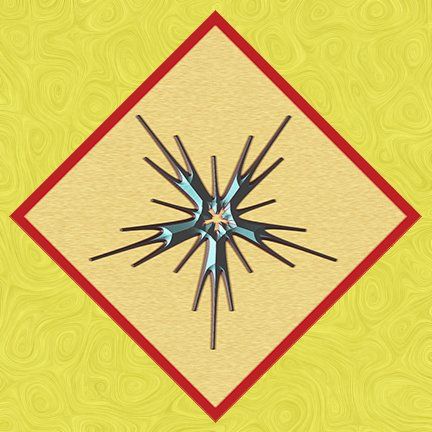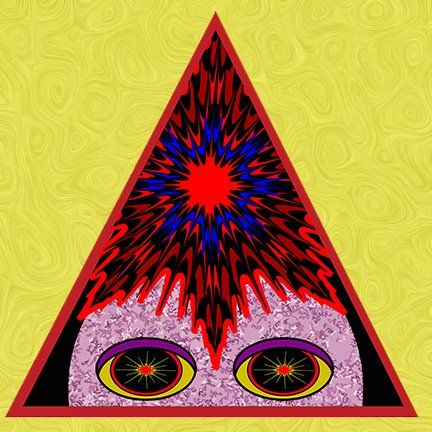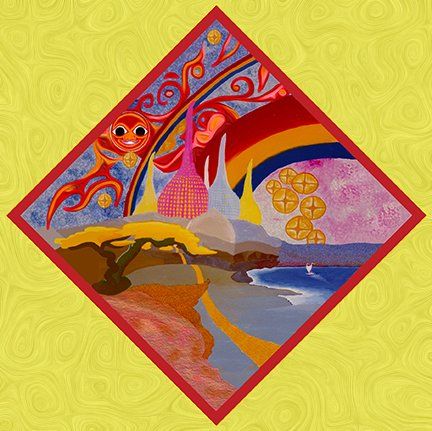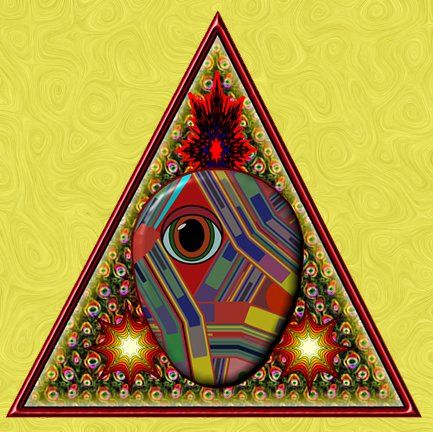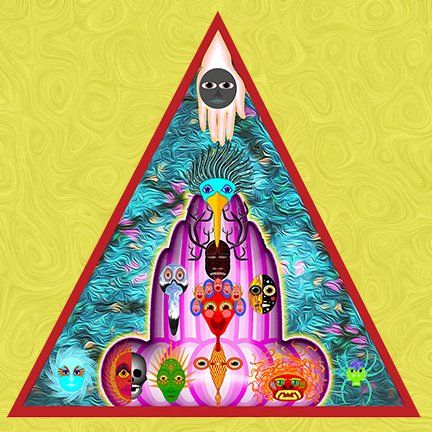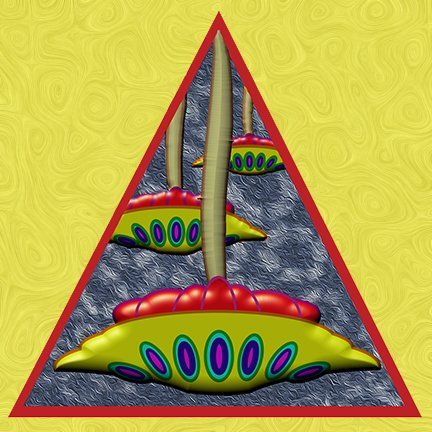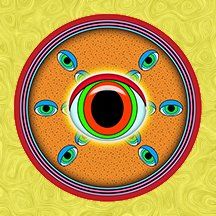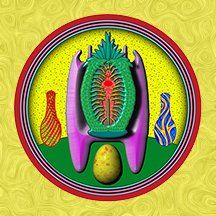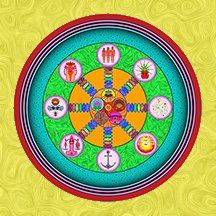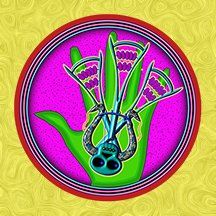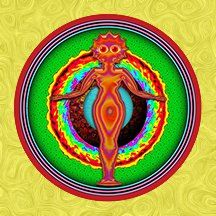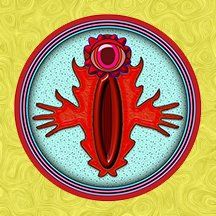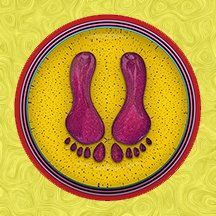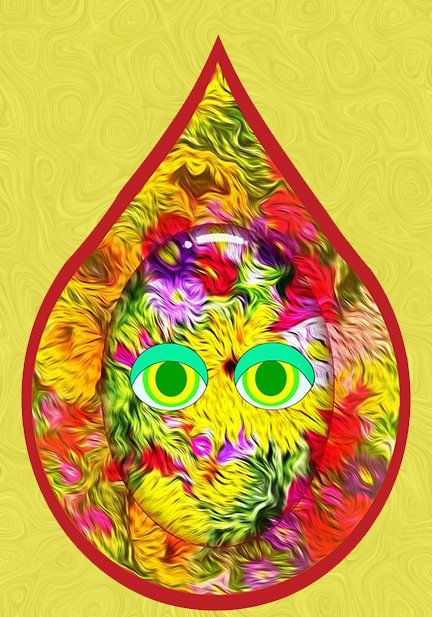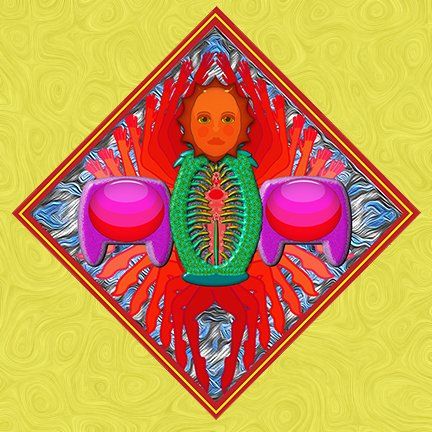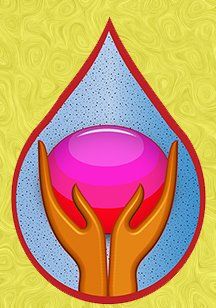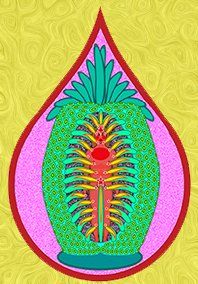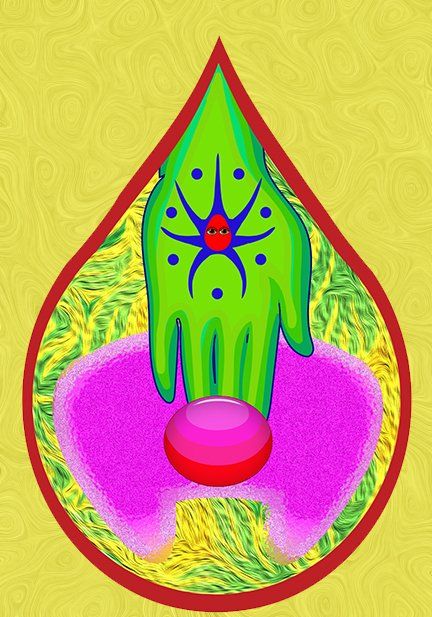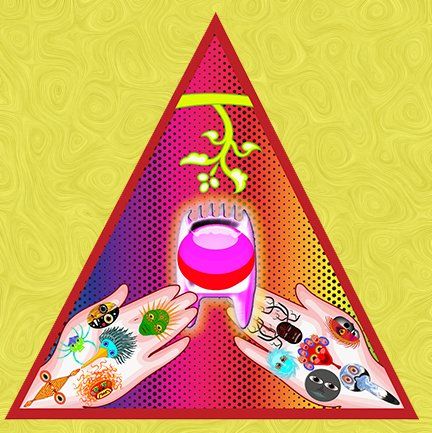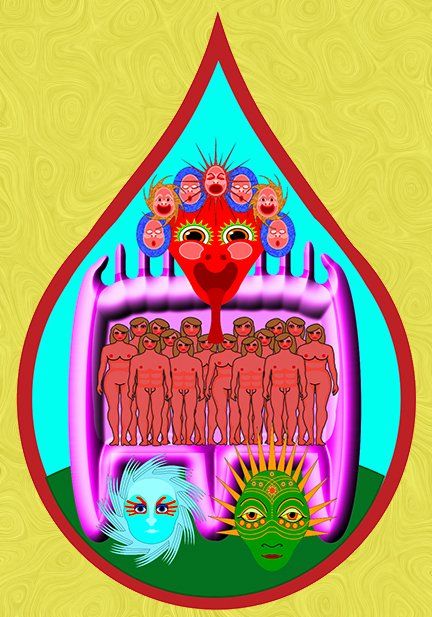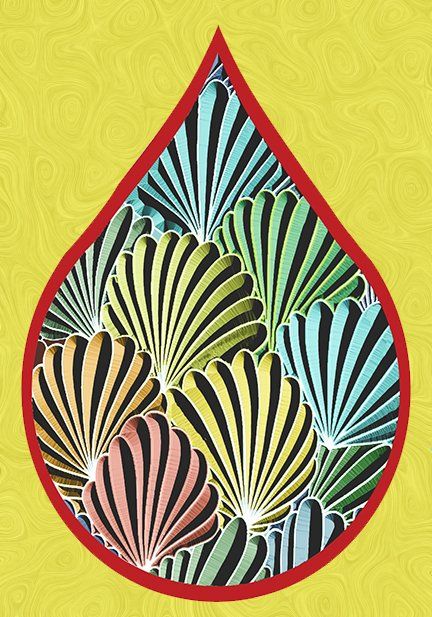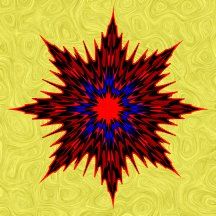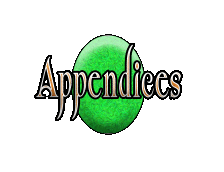
Sweating Speaking and Moving Statues
Given the proliferation of statuary of all sizes throughout both the Koru and Danam Yeldic Cluster-of-Clusters Nations, this is a pervasive manifestation. Rare instances of carved figures within the Yakku Collective have also been reported. The fact these figures resemble living beings accounts for much of their impact. Hallucinations occur where the statues take on animate life in several ways. They may be seen to weep, sweat or even bleed. Often, this is accompanied by the sculpture's vivid colours melting with the moisture. These colours may appear to mix and pour down the sides and over the pedestal to pool on the pavement. An unusual feature of this phenomenon is that it may manifest simultaneously to several observers or one alone. Another more intense vision is for the statue to speak. Usually, this is only in syllables or strings of meaningless words. If coherent sentences are uttered, it is always to one single individual, and the message is, at best, cryptic or wholly nonsensical. The most extreme forms of hallucination include seeing the statue turn its head, move its arms or legs, or even appear to step off its pedestal. Another version sees them partially or entirely engulfed in flames and moving. These are evidence of deep Nu Sickness.
A Danam Yeldic icon is pictured here due to the most incidents of this delusion occurring within this Cluster-of-Clusters Nation.
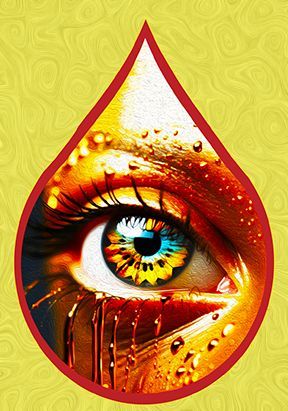
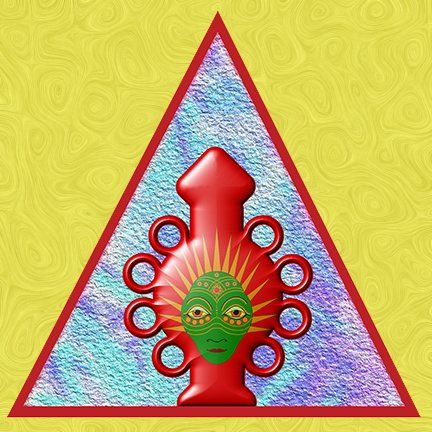
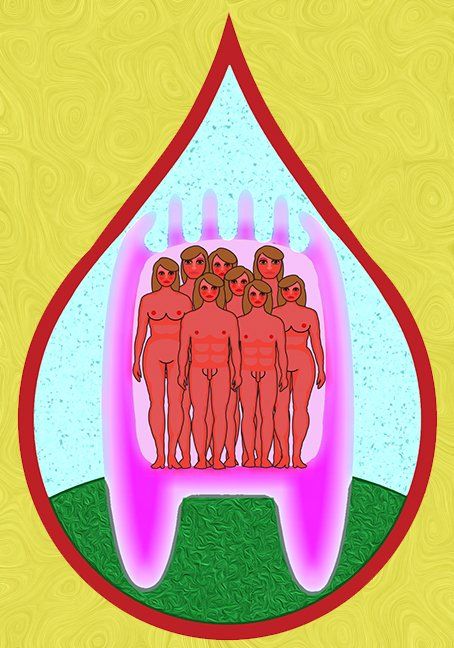
Long history of Upata development
While all Danam-Yeldic Dynasties worked to meet this challenge, the first three distinguished themselves during the Nantu Age: the Upata-Shepsus, the Sheshisana and the Bakasha-Duta. Pictured here are the primary icons representing all members of each of these dynasties. As with all Danam Yeldic Dynastic icons, the design was established early in its history and was seen to reflect some aspect of its collective character.
Kindness Wheel Day (58), in Two-Week Four, Ingeen - The Wheel, becomes Upata-Shepsus IV Day after Herhis death. Shehe had lived a full count of eighty-seven and six hundred years. This Danam Yeldic icon, departing from the conventions for this dynasty, was promulgated by Herhis successor, Majastas Upata-Shepsus V, in 51,305 UKC.
